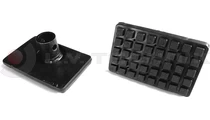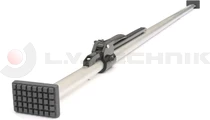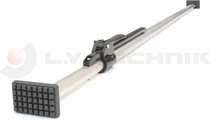S-Line round shoring bar with rubber foot
Code
142138813G
Price
Please sign in




Min. stroke (mm)
Max. stroke (mm)
Diameter (mm)
2000
2600
42
- 42mm aluminium cargo bar with spring and 2000-2600mm stroke
- anti-slip rubber foot
- ratchet tensioner for better fastening
- patented force display
- Blocking capacity: 130daN
- DEKRA certified
Material
anodized aluminium
Weight
4,9 kg
Stock
Lajosmizse
in stock
Szigetszentmiklós
in stock
Load securing by blocking
In case of blocking load securing the load is placed tightly next to each other - typically the foremost load is lied against the headboard -, and the free surfaces are blocked with a proper cargo control device to prevent the whole cargo from sliding. These devices are mainly bars, beams or parting wall locks, but it can be done with lashing straps also.
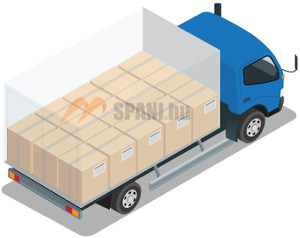

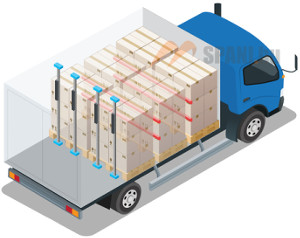
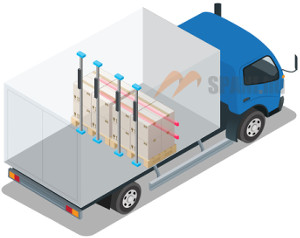

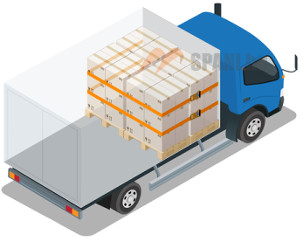
- With a double hook made of 6mm round bars at both ends.

